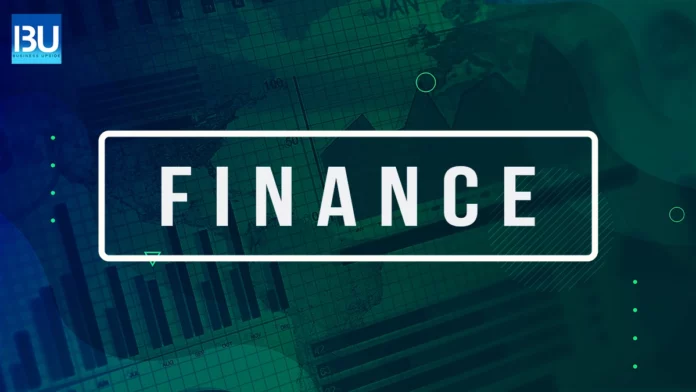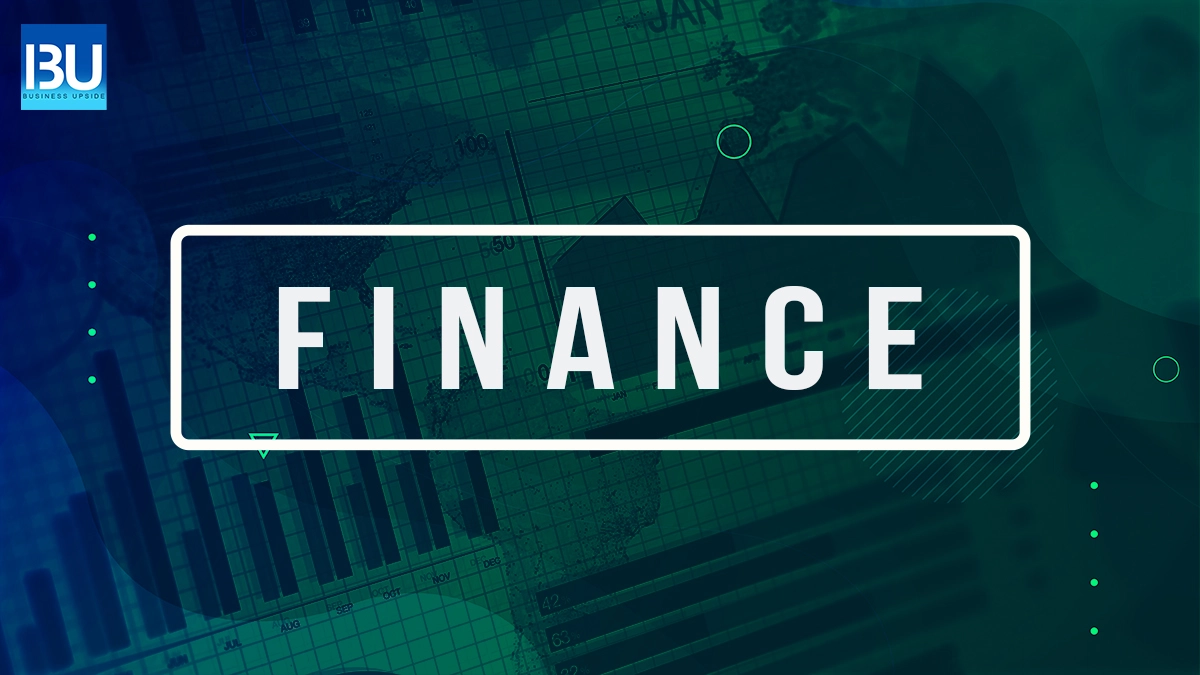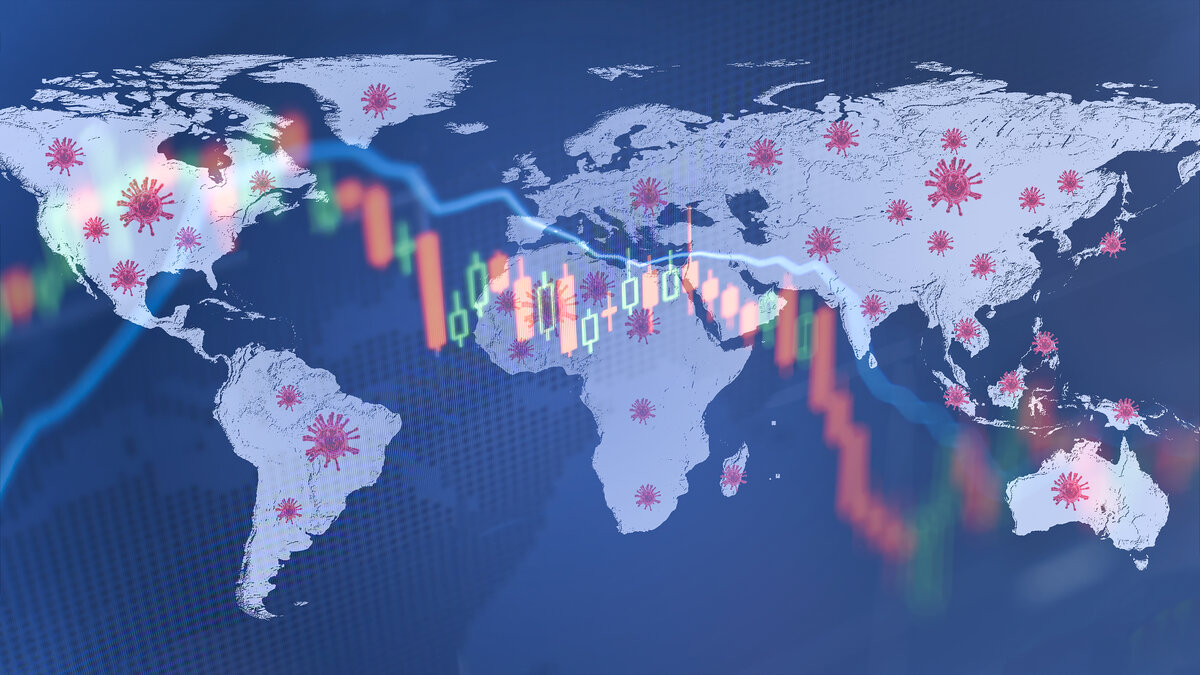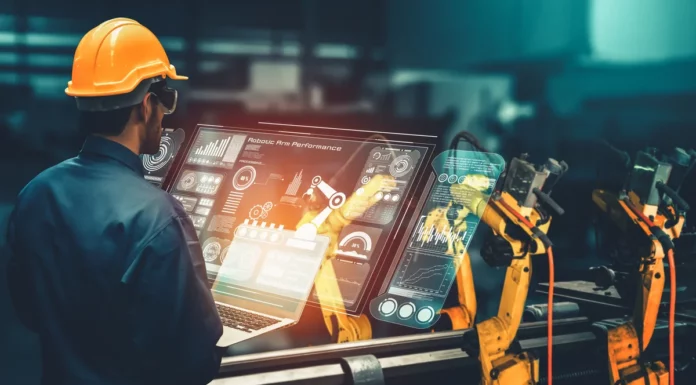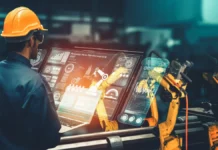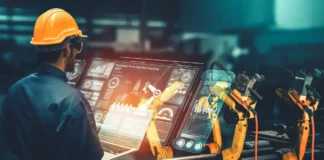This particular theory in macroeconomics conceptualizes in favor of tax cuts and benefits cuts. They, in turn, produce more goods and provide incentives for work. The Supply Side Economics theory also sheds light on the increased supply of labor and goods. As indicated by Supply-Side Economics, consumers are expected to benefit from a noteworthy increase in the supply of products and enterprises at lower costs through the policy. This would in turn increase employment prospects.
The policy was later implemented to counter a long period of slow economic progress with high rates of unemployment and inflation by President Ronald Reagan of The United States of America.
What is Reaganomics?
Reaganomics refers to the conservative economic policies implemented by Ronald Reagan between the years 1981 to 1989 during his tenure as the 40th President of The United States. The introduction of these economic policies was in response to America’s stagflation during the ‘70s. Stagflation in simple terms means economic contraction combined with inflation in double digits. Reaganomics was highly influenced by the Supply Side Theory in Economics and was in close contact with the Trickledown Theory.
Focal areas of Reaganomics:
- Growth in Government Spending: The implementation of Reaganomics made the American economy witness a slowdown in government spending.
- Taxes: Reagan focused on tax cuts enough so that it stimulated consumer demand. He also cut corporate taxes of which the effect was unclear.
- Regulations on Business: Under President Reagan, import barriers were increased. He also eased out Bank Regulations as well as deregulated long-distance telephonic services, cable TV, interstate bus services, and ocean shipping.
- Expansion in the supply of money: By using contractionary monetary policies, that was necessary to tame out of bounds inflation that was being faced by the US for the past few years.
Benefits of Supply-Side Economics or Reaganomics:
- Decrease in Government Expenditure: It cannot really be said that Government expenditure was cut off at large rates. However, the pace in the growth of spending lessened.
- Reduced Taxes: Tax cuts were aimed at the top earners of the country. As a part of the supply-side economics, top bracket income taxes were cut from 70% to 28%. An increase in social security, payroll, and excise taxes make up for the tax cuts.
- Slowdown of Money Growth to counter Inflation: Interest rates were increased in the Central banks to make lending more expensive thus in the process bringing inflation under control.
- Lessened Regulations: The regulations and restrictions imposed by President Nixon were eliminated as a part of the implementation of Reaganomics. As a part of the execution procedure of Supply-Side Economics, cable, long-distance telephonic service, interstate bus service, and ocean shipping were also deregulated.
Would Reaganomics work in today’s world?
Even though candidates on the conservative side in America still believe in policies of Supply-Side Economics Reaganomics as a way to make America great again, theorists believe it certainly would not work in today’s world. It mainly would not apply in today’s world because tax rates are already low. It is a result of subsequent economic policies since then as compared to historical levels as high as 70%. Cutting taxes any further would result in a steep decrease in government revenues.
Disadvantages of Reaganomics:
- Reduced Income Levels: The gross income for the middle-class earners today on an average is lower than what it used to be before Reaganomics was implemented.
- National Debt Explosion: Under Reagan’s reign, annual deficits accounted for almost 4.2% of the GDP. Towards the beginning of his tenure in 1981 the national debt of USA was less than $1 billion. However, by 1988 it increased to near about $2.6 billion. The national debt has only seen a rise ever since then.
- Was Never Fully Implemented: Cuts in certain departments of the economy was suggested under Supply-Side Economics Reaganomics policies. This included the Educational sector. The spending behind this process was more than $1 billion. However, the requested totals never bore fruit.
- Promoted Additional Spending: Even though the total amount of government spending witnessed a slowdown during Reagan’s tenure, certain departments such as the defense sector witnessed a dramatic increase in spending.
Demand Side Economics Vs. Supply Side :
- Demand Side Economics is determined on the basis of Consumer preferences and incomes whereas Supply-Side Economics is determined by the prices of productive resources, business taxes, and the number of suppliers.
- Demand Side Economics is inclined towards the sentiments of the consumer and is more beneficial to their position in the market whereas, for Supply-Side Economics, the determinants are more inclined towards market factors that benefit the producer and the supplier.
- Expectations of future prices work differently for each. On the Demand Side, people expect future processes to rise in the near future. Thus they try to beat the increase by buying goods early on. On the Supply Side, if expectations are that the price of a product is to rise the supplier reduces the availability in order to benefit by earning extra profits later.
- There is a substitution of the increase in prices of the goods on the Demand Side. It takes place by a similar variety of lesser prices keeping in mind the demands of the consumer. For instance, if the price for coffee witnesses a steep rise, the demand for tea increases. On the other hand, in the theories of Supply-Side Economics, if a farmer makes a greater profit from pineapples than rice, the supply of rice will see a decrease and that of pineapple will increase.
